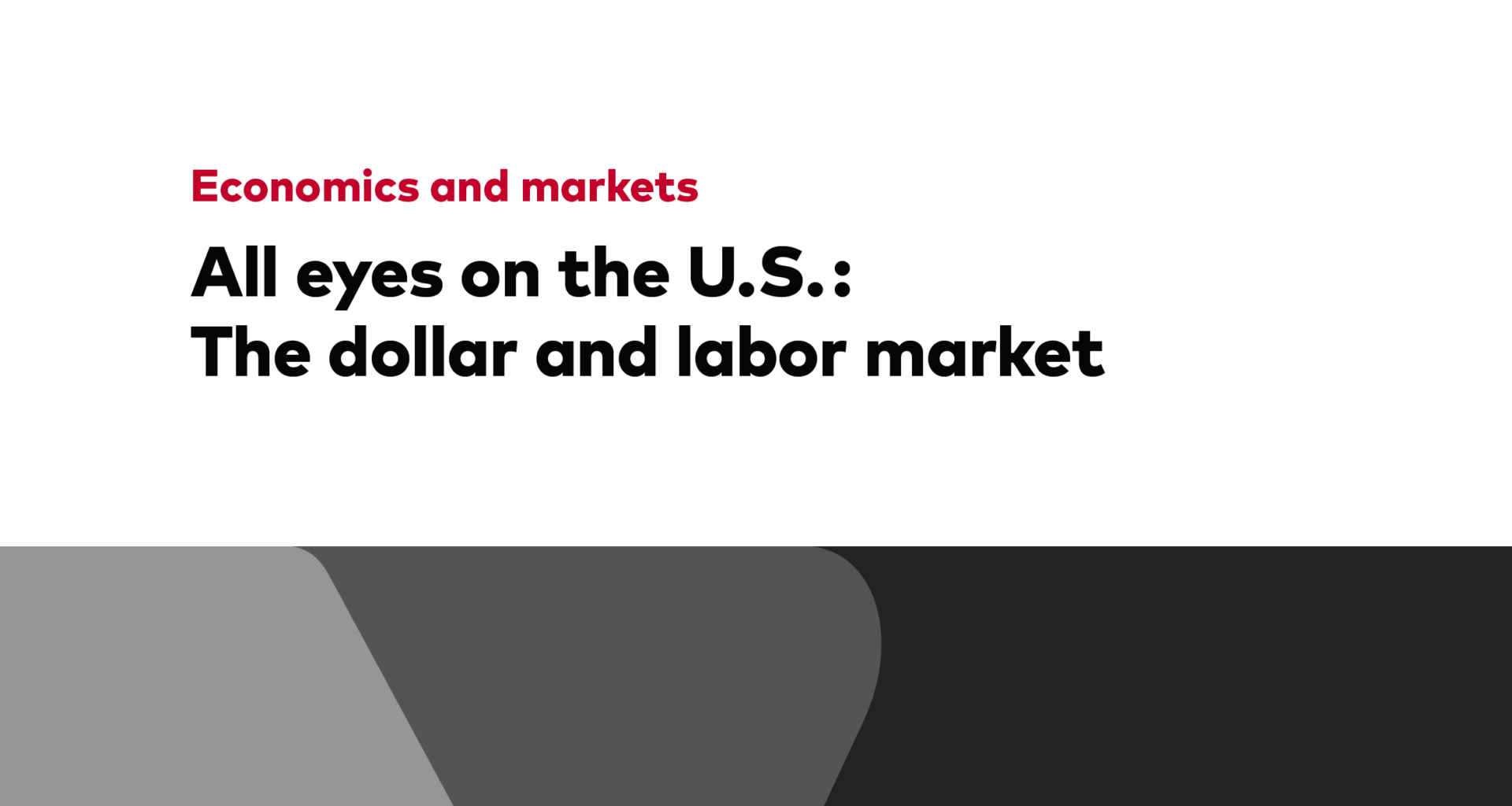The downward shift has been a gift to globally diversified U.S. investors. As the dollar weakened—triggered in part by a global reconsideration of appetite for U.S. assets amid tariff upheaval—international equity returns surged when translated back into dollars, giving portfolios a meaningful lift.
International returns also benefited from depressed valuations that reflected very pessimistic sentiment at the start of the year. This, along with the weakening dollar, led international equities in U.S. dollar terms to return 17.9% in the first six months of 2025. International equities returned 8.8% in local currency, while the dollar contributed the remaining approximately 9%. (U.S. equities, by comparison, returned 6% in the first half of 2025.)1 Looking ahead, the degree to which corporate fundamentals abroad can rise to meet this renewed optimism will be key for further international equity gains.
With the dollar now firmly back within our estimated fair-value range, we view the risks as more balanced than at any time during the last three years. Over the short term, an easing of trade tensions and greater certainty around U.S. policy may lead to dollar appreciation. Alternatively, a continued reconsideration of dollar-denominated assets among global investors could result in further declines. Longer term, however, we see higher U.S. productivity and persistently higher (but sustainable) U.S. interest rates as supportive of the current dollar valuation.
The shift reinforces the case for global diversification. With U.S. equity valuations still stretched and international markets offering more historically grounded return prospects, spreading risk across regions remains a cornerstone of a sound long-term strategy.2
—Kevin DiCiurcio, Head of Vanguard Capital Markets Model Development
